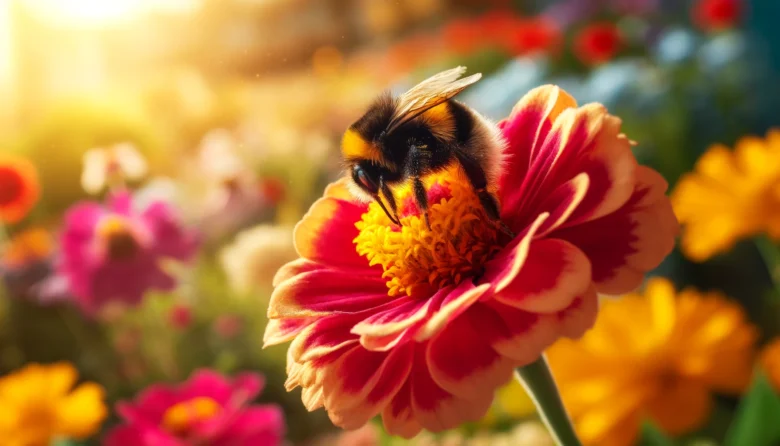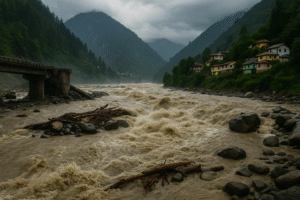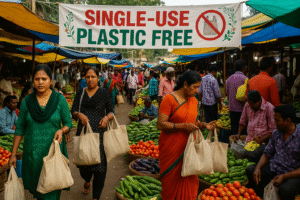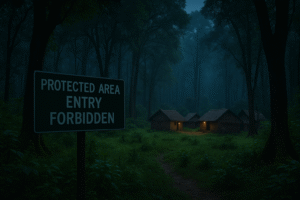Picture this: a bumblebee buzzing from flower to flower in your garden, diligently gathering nectar and pollen. These tiny, industrious creatures play a crucial role in pollinating our plants, making our gardens bloom and our crops flourish. But what happens when their ability to navigate and forage is compromised? Today, we’re diving into how neonicotinoid pesticides are affecting bumblebees, with significant implications for our ecosystems and agriculture.
Understanding Neonicotinoid Pesticides
Neonicotinoids might sound like a mouthful, but they’re just a class of insecticides widely used in agriculture. These chemicals work by affecting the nervous system of insects, making them highly effective at protecting crops from pests. However, they don’t discriminate between harmful pests and beneficial insects like bumblebees.
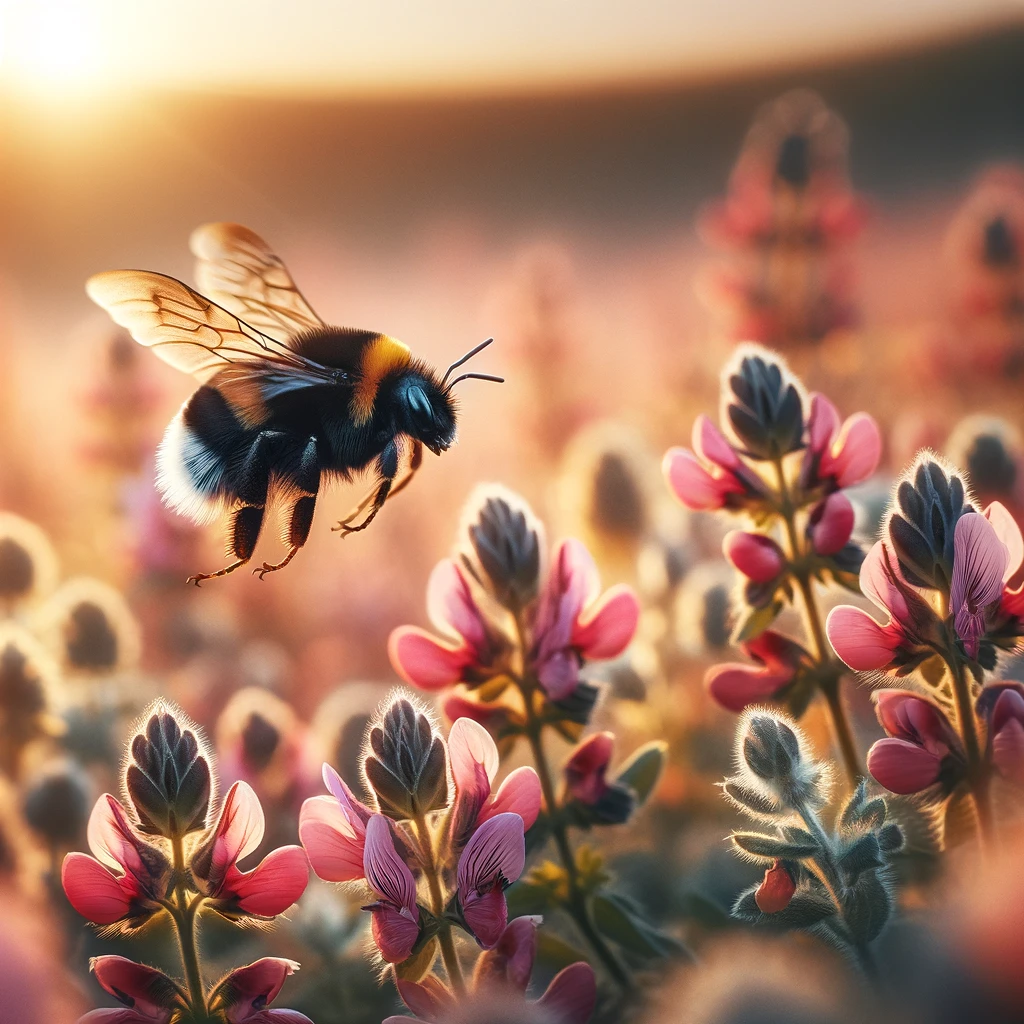 Bumblebee Navigation and Foraging Behavior
Bumblebee Navigation and Foraging Behavior
Bumblebees have an incredible sense of direction and foraging skills. They can navigate long distances and remember the locations of flowers, ensuring efficient pollination. This behavior is vital not only for the bees’ survival but also for maintaining healthy ecosystems and supporting agriculture.
Research on Neonicotinoids and Bumblebee Behavior
Recent studies have shown alarming results about the impact of neonicotinoids on bumblebees. Researchers have found that exposure to these pesticides can disorient bumblebees, reducing their ability to find their way back to the hive. This disorientation leads to decreased foraging efficiency and altered flower visitation patterns, ultimately affecting pollination.
One significant study revealed that bumblebees exposed to neonicotinoids were less likely to return to their hives and spent more time foraging inefficiently. This disruption in their natural behavior has cascading effects on plant reproduction and biodiversity.
Ecological and Agricultural Implications
So, why should we care about bumblebee disorientation? The answer lies in the vital role these insects play in our ecosystems and agriculture. Bumblebees are key pollinators for many wildflowers and crops. When their foraging efficiency is reduced, it leads to lower pollination rates, which can affect crop yields and the health of our natural habitats.
Farmers rely on bumblebees to pollinate crops such as tomatoes, berries, and cucumbers. A decline in bumblebee populations and their pollination efficiency can directly impact food production, leading to economic losses and reduced food security.
Mitigation and Alternatives 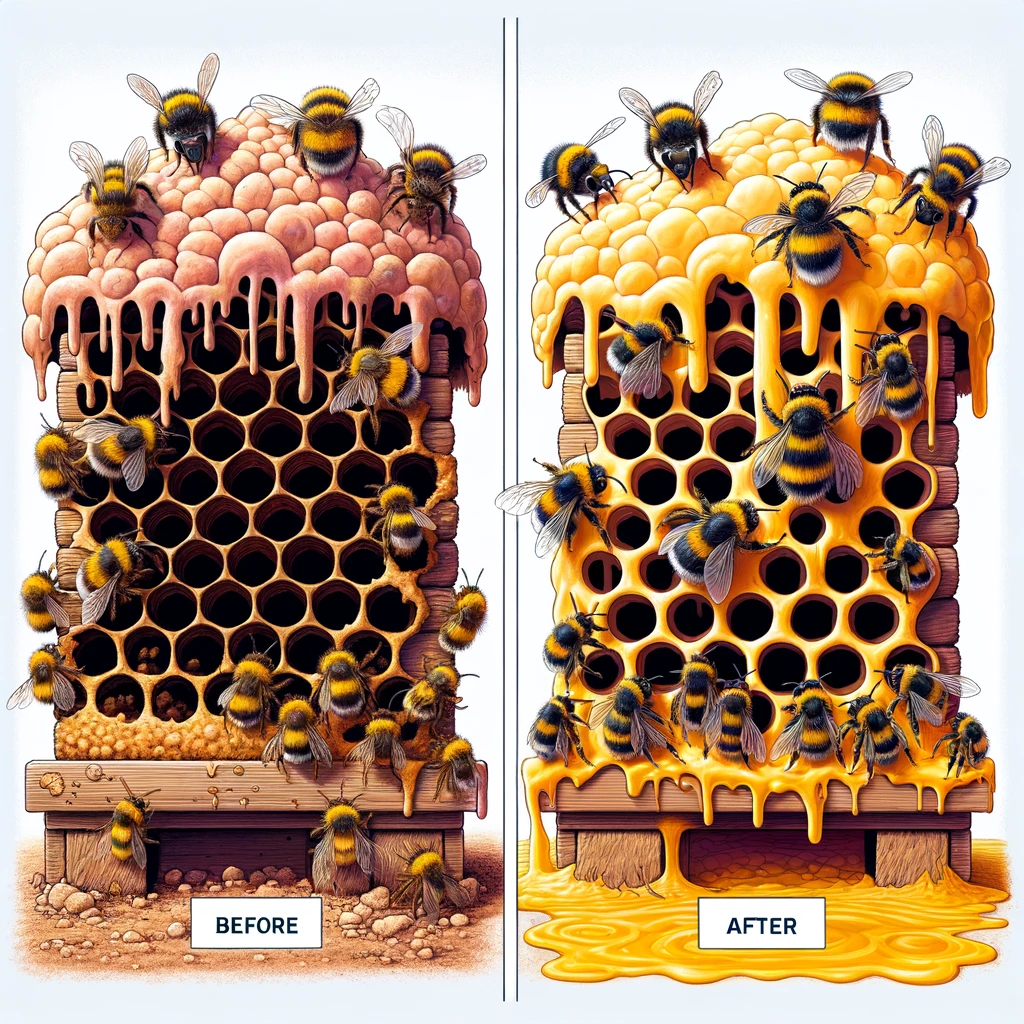
Thankfully, there are steps we can take to mitigate the impact of neonicotinoids on bumblebees. Some regions have already implemented restrictions on the use of these pesticides to protect pollinators. Additionally, researchers are exploring alternative pesticides that are less harmful to beneficial insects.
Gardeners and farmers can also help by planting a diverse range of flowers that provide food for bumblebees and by reducing or eliminating the use of harmful pesticides. Supporting policies that protect pollinators and promoting sustainable farming practices are crucial steps in preserving these essential insects.
Conclusion
In summary, neonicotinoid pesticides pose a significant threat to bumblebee navigation and foraging behavior, with far-reaching consequences for our ecosystems and agriculture. By understanding the impact of these chemicals and taking proactive measures, we can help protect bumblebees and ensure the health of our environment.
Let’s make a conscious effort to support pollinator-friendly practices and policies. The future of our gardens, farms, and food supply depends on it.
Author’s Note
Hi there! I’m passionate about raising awareness of environmental issues that impact our daily lives. If you enjoyed this blog, check out more of my posts on www.ecosociosphere.in. Let’s work together to create a sustainable future!
Further Reading
- “The Bees in Your Backyard: A Guide to North America’s Bees” by Joseph S. Wilson and Olivia Messinger Carril – A comprehensive guide to the bees of North America.
- “The Bee Book: Discover the Wonder of Bees and How to Protect Them for Generations to Come” by DK – A beautifully illustrated book that provides an in-depth look at bees.
- “Our Native Bees: North America’s Endangered Pollinators and the Fight to Save Them” by Paige Embry – An insightful book on the importance of native bees and conservation efforts.

